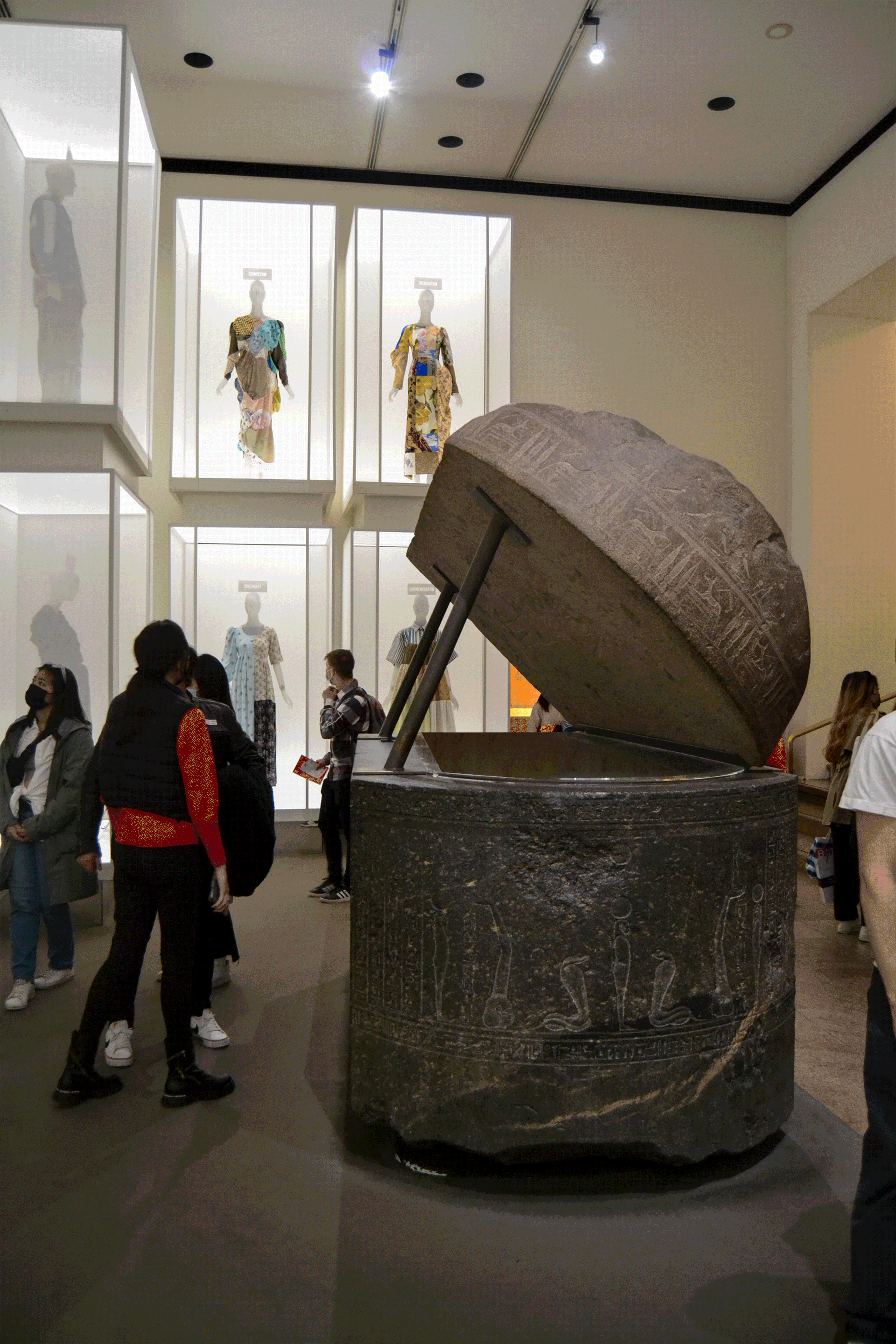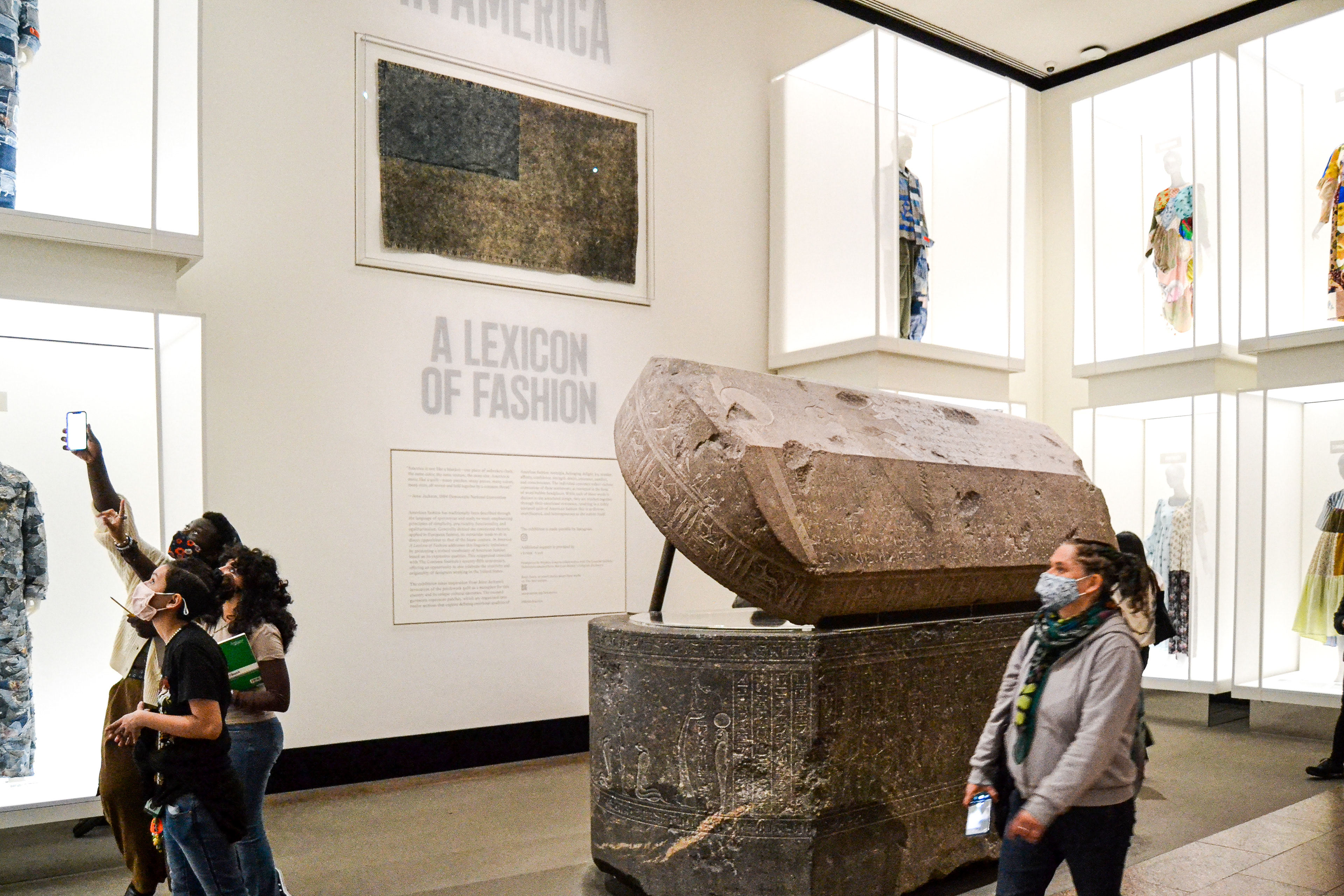This stigma, stereotype, and language affect society beyond just our minds. In the physical and more tangible sense, these notions are portrayed in how we curate our museums. Things like how an exhibit is laid out, the spacing between artifacts, the scale of the space, the lighting, color coordination, supplementary text, and a million other factors create a narrative. The word "museum" is derived from the Latin word "musea." The Ancient Greek "Mouseion," which denoted a place or temple dedicated to the muses (the patron divinities of the arts in Greek mythology), was a structure dedicated to learning and the arts.
Modern museums are designed to collect, preserve, interpret, and exhibit objects of aesthetic, cultural, or scientific significance for public study and education. This objective might also vary depending on one's point of view as a visitor or a member of the community. A visit to a local history museum or a large city art museum can be pleasant and educational. City leaders can consider an active museum community as a barometer of a city's cultural or economic health and a tool to raise the sophistication of its residents. A museum may be viewed by a museum professional to educate the public about the museum's mission, such as civil rights or environmental issues. Throughout history, museums have served various purposes, but above all else, they have remained as archives of knowledge.
An example of an early museum with a somewhat ulterior motive than educating would be the Crystal Palace in London. The glass, timber, and greenhouse-inspired metal palace are composed of no masonry but instead thousands of iron columns and girders. It took nine months to complete and was made for the world's fair as a showcasing area. The palace was meant to symbolize the British government's power, asserting that they had the money and capability to build something so massive; monumentalized with its scale, the palace is nothing more than a 1,851-foot large statement piece. The entire world would see the great exhibition of 1851 at the world fair. The fair emphasized the effects of colonization; people came from all over the world to show the advancement of their "westernized" technology, pushing a nationalistic agenda.
This phenomenon of creating a statement piece or doing things for the "wow factor" is becoming increasingly more apparent in the modern age. Even though museums are public institutions, they are becoming more and more inaccessible by charging admissions fees to try and keep up with their extremely high maintenance costs. This also means that they tend to rely heavily on donor funding. Putting that realization into perspective, it makes sense why institutions like the MET start to look like the wealthy's treasure chest more than a public institution of resources. Artifacts are archived and stored, but so long as they look pretty or interest donors. A perfect example of pushing an agenda more than worrying about exhibiting the artifact- therefore inadvertently creating a new narrative- is the placement of a temporary installation titled "In America: A Lexicon of Fashion." (see figure 1) The installation will be displayed at the Metropolitan Museum of Art between September 18th, 2021, and September 5th, 2022, as a two-part installation. The installation, housed at the Anna Wintour Costume Center, showcases American fashion, establishing a current lexicon of American fashion based on its expressive qualities. While this is an exciting exhibit, It goes without saying that there is something notable about the location of the installation and how there is little to no regard given to the thousand-year-old artifact abandoned in its midst. Looking at our museums, we can see these principles manifested in the oversimplification of rich histories and the grouping of various topics. To further explore this point, I will be critiquing a few of the exhibits that I have seen firsthand.

